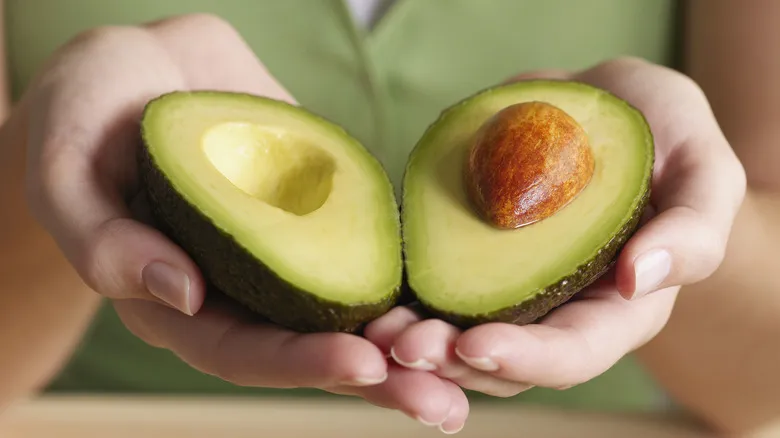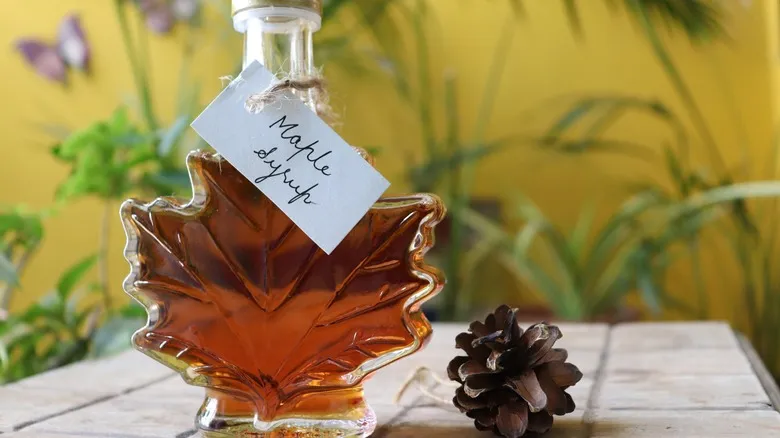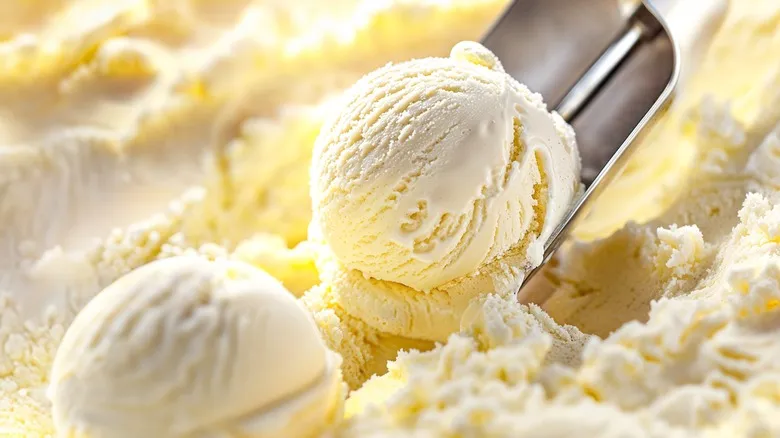Issues with airless ice cream

For starters, the melting and refreezing of ice cream affects its texture and enjoyment. Several elements influence how easily ice cream can be scooped, with air being a key factor. Attempting to scoop ice cream without sufficient air is a futile effort; it won't be soft and creamy enough for your spoon or any specialized tool to cut through smoothly. When you finally succeed in transferring some to a bowl, it may taste overly sweet or heavy. Ice cream is churned with airiness in mind (with varying degrees, as seen in the differences between gelato and ice cream). Without this air to balance the flavor, you experience a concentrated burst of sugar and fat. Additionally, melted and refrozen ice cream can have a gritty texture or an off-putting smell, so be mindful of these sensory issues.
While you can revive your ice cream using a churner at home, it's not advisable. This deflated dessert can pose health risks due to temperature fluctuations. If harmful bacteria have been introduced during transport, they can survive in the freezer. So, whether you're indulging in various flavors of Ben & Jerry's or aiming to create thick, creamy milkshakes, ensure that the quality of your ice cream remains intact. No flavor, no matter how delicious, is worth the potential risk.
Recommended

Yes, You Can Freeze Avocados But Here's What You Should Know First

Is It Safe To Store Maple Syrup At Room Temperature?

The Tip You Should Know To Successfully Meal Prep Frozen Greens

Melissa Clark's Salt Trick To Perfectly Freeze Egg Yolks
Next up

